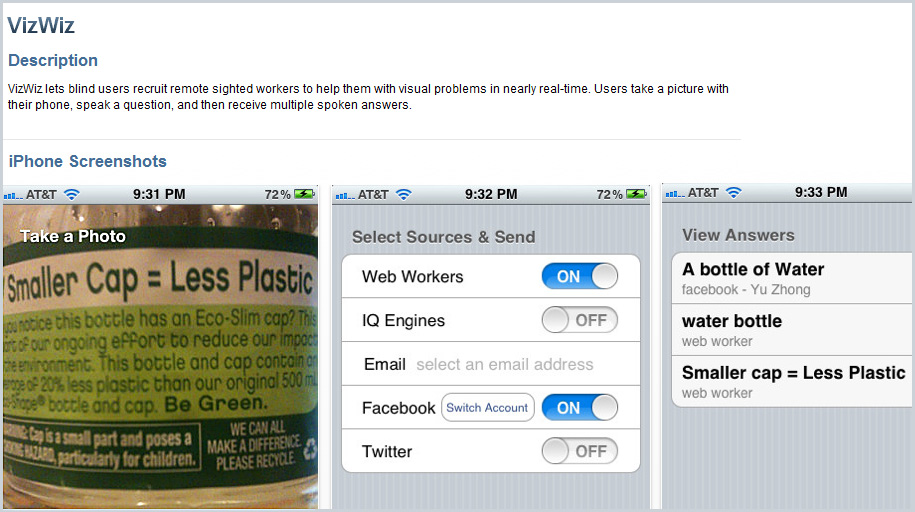Per Candace Opstvedt from Digital BrinQ:
The Air Force Collaboratory is “an interactive online platform that invites STEM inclined students, educators and innovators to solve some of the Air Force’s toughest challenges. Over 900 ideas have already been submitted by participants in the first project, and we are confident that the “Mind of a Quadrotor” project will be just as successful.
“Mind of a Quadrotor” became active starting on September 1, 2013, and will remain open through October 31. Anyone with an idea can submit their plan for how quadrotors can be used to perform certain actions autonomously; that is with minimal human intervention.
To give you a little more background, check out The Air Force Collaboratory website. You can also check out project highlights and information at, http://www.good.is/stem.
From DSC:
(At least) a few things strike me as noteworthy here:
- Note the potential power of a web-based learner profile like this. Create a web-based profile. Choose project. Earn badges/achievements. Solve topics. Follow your activity (i.e. progress). Hmmmmmmm…..interesting….
- The use of crowdsourcing to identify/create solutions for existing problems.
- Presenting real-world problems/projects and asking for real-world solutions.











